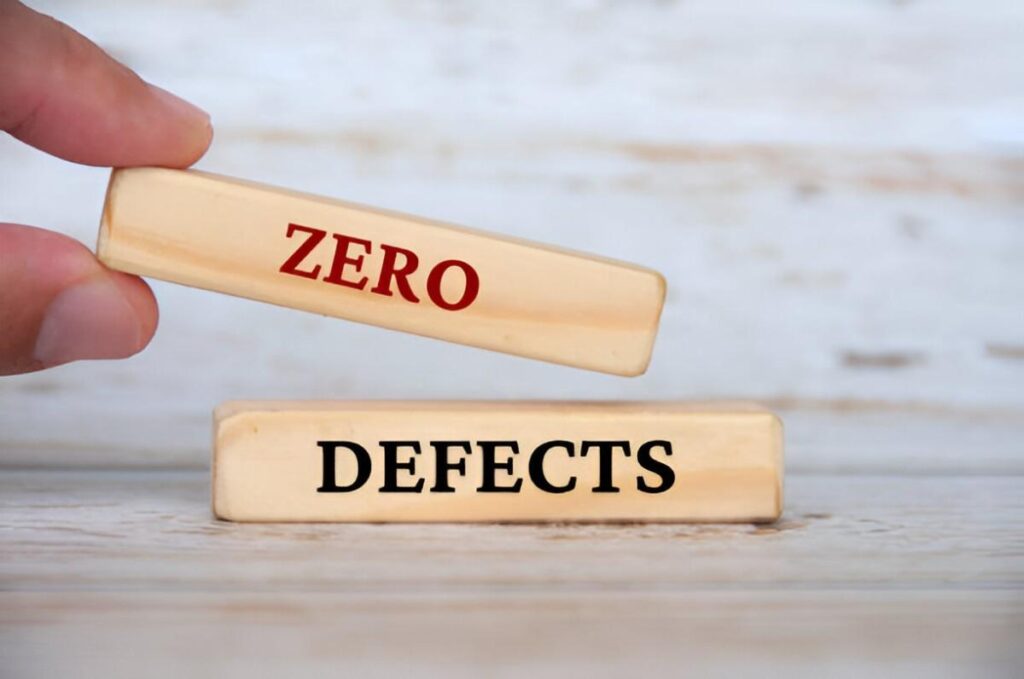As someone deeply immersed in the finance and accounting fields, I often find myself explaining the critical roles that support organizational success. One such role, often overlooked but undeniably vital, is that of a purchasing officer. In this article, I will delve into the responsibilities, importance, and real-world examples of what purchasing officers do, why they matter, and how their work impacts businesses. I will also include mathematical expressions, tables, and calculations to illustrate key concepts, ensuring the content is both informative and practical.
Table of Contents
What Is a Purchasing Officer?
A purchasing officer, sometimes referred to as a procurement officer, is a professional responsible for acquiring goods and services essential for an organization’s operations. Their role spans from identifying suppliers to negotiating contracts and ensuring timely delivery. While the title may sound straightforward, the scope of their responsibilities is vast and multifaceted.
Key Responsibilities of a Purchasing Officer
- Supplier Identification and Evaluation
Purchasing officers must identify reliable suppliers who can meet the organization’s needs in terms of quality, cost, and delivery timelines. This involves conducting market research, requesting quotes, and evaluating supplier credentials. - Negotiation and Contract Management
Once suppliers are identified, purchasing officers negotiate terms and conditions to secure the best possible deals. This includes pricing, payment terms, and delivery schedules. They also manage contracts to ensure compliance and resolve any disputes. - Cost Analysis and Budgeting
A significant part of the role involves analyzing costs and ensuring purchases align with the organization’s budget. This requires a deep understanding of financial principles and the ability to perform cost-benefit analyses. - Inventory Management
Purchasing officers often work closely with inventory managers to ensure optimal stock levels. Overstocking can tie up capital, while understocking can disrupt operations. - Quality Assurance
Ensuring the quality of purchased goods and services is another critical responsibility. This may involve coordinating with quality control teams and conducting supplier audits. - Compliance and Risk Management
Purchasing officers must ensure all procurement activities comply with legal and regulatory requirements. They also assess and mitigate risks associated with suppliers, such as delivery delays or financial instability.
The Importance of a Purchasing Officer
The role of a purchasing officer is indispensable for several reasons. First, they directly impact an organization’s bottom line by securing cost-effective deals. Second, they ensure the smooth functioning of operations by maintaining a steady supply of essential goods and services. Third, they mitigate risks associated with procurement, such as supplier defaults or quality issues.
Consider a manufacturing company that relies on raw materials to produce its goods. If a purchasing officer fails to secure a timely delivery of materials, the entire production process could grind to a halt, leading to significant financial losses.
Mathematical Foundations in Purchasing
To truly understand the role of a purchasing officer, it’s essential to explore the mathematical concepts that underpin their work. Let’s dive into some key calculations and formulas.
1. Economic Order Quantity (EOQ)
The Economic Order Quantity (EOQ) is a fundamental concept in inventory management. It helps determine the optimal order quantity that minimizes total inventory costs, including ordering and holding costs. The formula for EOQ is:
EOQ = \sqrt{\frac{2DS}{H}}Where:
- D = Annual demand (units)
- S = Ordering cost per order
- H = Holding cost per unit per year
Example:
Suppose a company has an annual demand of 10,000 units, an ordering cost of $50 per order, and a holding cost of $2 per unit per year. The EOQ would be:
This means the company should order 707 units at a time to minimize costs.
2. Total Cost of Ownership (TCO)
The Total Cost of Ownership (TCO) is a comprehensive assessment of all costs associated with a purchase, including acquisition, operation, maintenance, and disposal costs. The formula for TCO is:
TCO = \text{Acquisition Cost} + \text{Operating Cost} + \text{Maintenance Cost} + \text{Disposal Cost}Example:
A company is considering purchasing a new machine. The acquisition cost is $50,000, the operating cost is $10,000 per year, the maintenance cost is $5,000 per year, and the disposal cost is $2,000. If the machine has a lifespan of 5 years, the TCO would be:
This calculation helps the purchasing officer make informed decisions by considering the long-term financial impact of a purchase.
3. Supplier Performance Metrics
Purchasing officers often use metrics to evaluate supplier performance. One common metric is the Supplier Delivery Performance (SDP), which measures the percentage of orders delivered on time. The formula is:
SDP = \left( \frac{\text{Number of On-Time Deliveries}}{\text{Total Number of Deliveries}} \right) \times 100Example:
If a supplier delivers 90 out of 100 orders on time, their SDP would be:
This metric helps purchasing officers identify reliable suppliers and address issues with underperforming ones.
Real-World Examples
To illustrate the role of a purchasing officer, let’s look at two real-world scenarios.
Example 1: Manufacturing Industry
In a manufacturing company, the purchasing officer is responsible for sourcing raw materials like steel, plastic, and electronic components. Suppose the company needs 10,000 units of steel annually. The purchasing officer must:
- Identify suppliers offering the best quality and price.
- Negotiate terms, such as a 2% discount for early payment.
- Calculate the EOQ to determine the optimal order quantity.
- Monitor supplier performance to ensure timely delivery.
If the purchasing officer successfully negotiates a 2% discount on a $100,000 order, the company saves $2,000. Over time, these savings can significantly impact profitability.
Example 2: Healthcare Industry
In a hospital, the purchasing officer sources medical supplies like syringes, gloves, and medications. Suppose the hospital uses 50,000 syringes annually. The purchasing officer must:
- Ensure the syringes meet quality standards.
- Negotiate bulk purchase discounts.
- Maintain optimal inventory levels to avoid shortages.
If the purchasing officer fails to secure a timely delivery of syringes, the hospital could face a shortage, jeopardizing patient care.
The Socioeconomic Impact of Purchasing Officers
In the US, purchasing officers play a crucial role in supporting the economy. They help businesses remain competitive by reducing costs and improving efficiency. In industries like healthcare and manufacturing, their work directly impacts public health and safety.
Moreover, purchasing officers contribute to sustainability by sourcing eco-friendly products and working with suppliers who adhere to ethical practices. This aligns with the growing emphasis on corporate social responsibility (CSR) in the US.
Challenges Faced by Purchasing Officers
Despite their importance, purchasing officers face several challenges. These include:
- Supply Chain Disruptions
Events like natural disasters, pandemics, or geopolitical tensions can disrupt supply chains, making it difficult to secure timely deliveries. - Price Volatility
Fluctuations in commodity prices can impact procurement budgets and require constant adjustments. - Regulatory Compliance
Navigating complex legal and regulatory requirements can be time-consuming and challenging. - Supplier Reliability
Dependence on a single supplier can be risky, especially if the supplier faces financial or operational issues.
Conclusion
The role of a purchasing officer is both complex and critical. From supplier negotiations to cost analysis and risk management, their work ensures the smooth functioning of organizations across industries. By understanding the mathematical foundations and real-world applications of their role, we can appreciate the value they bring to businesses and the broader economy.





